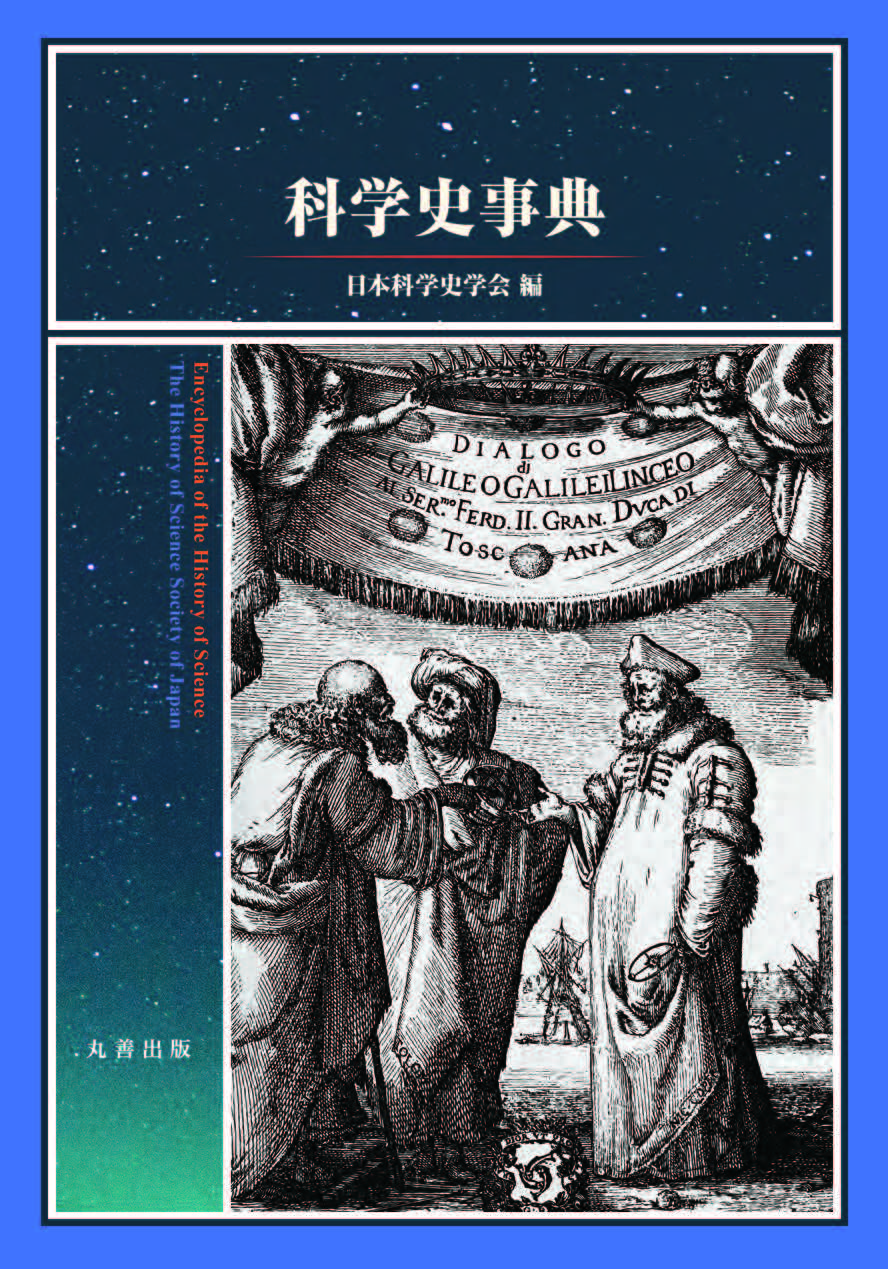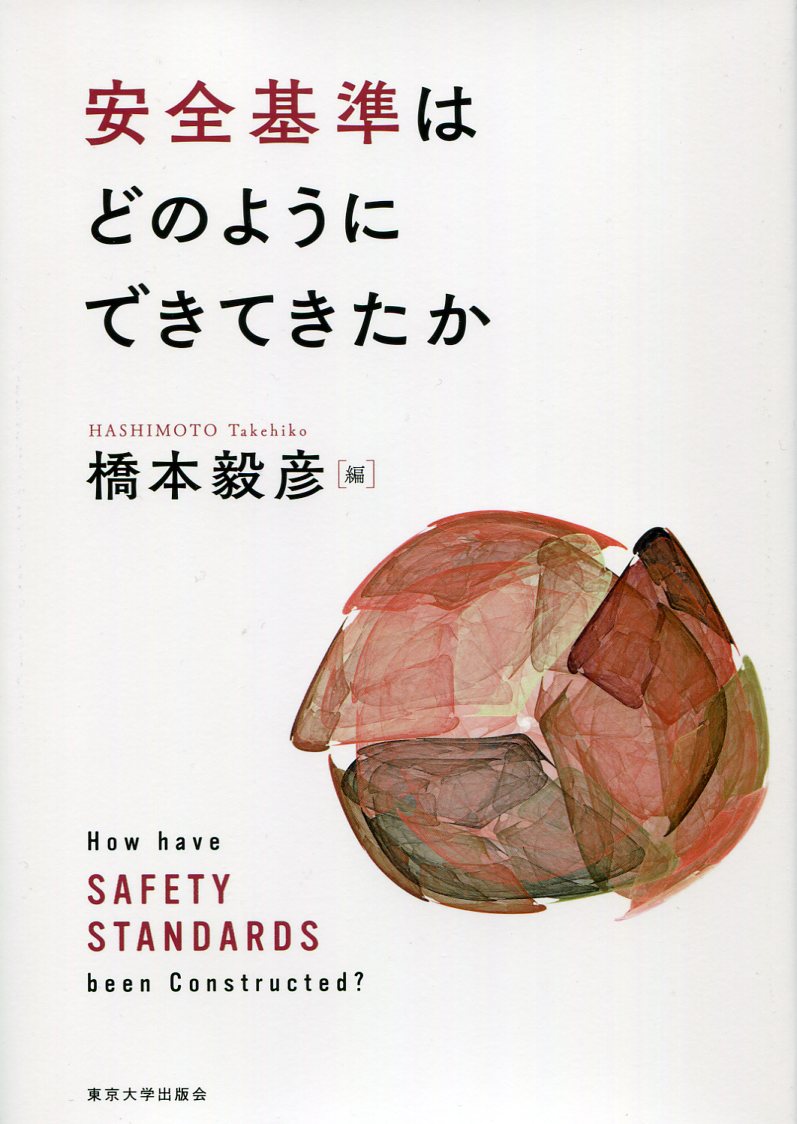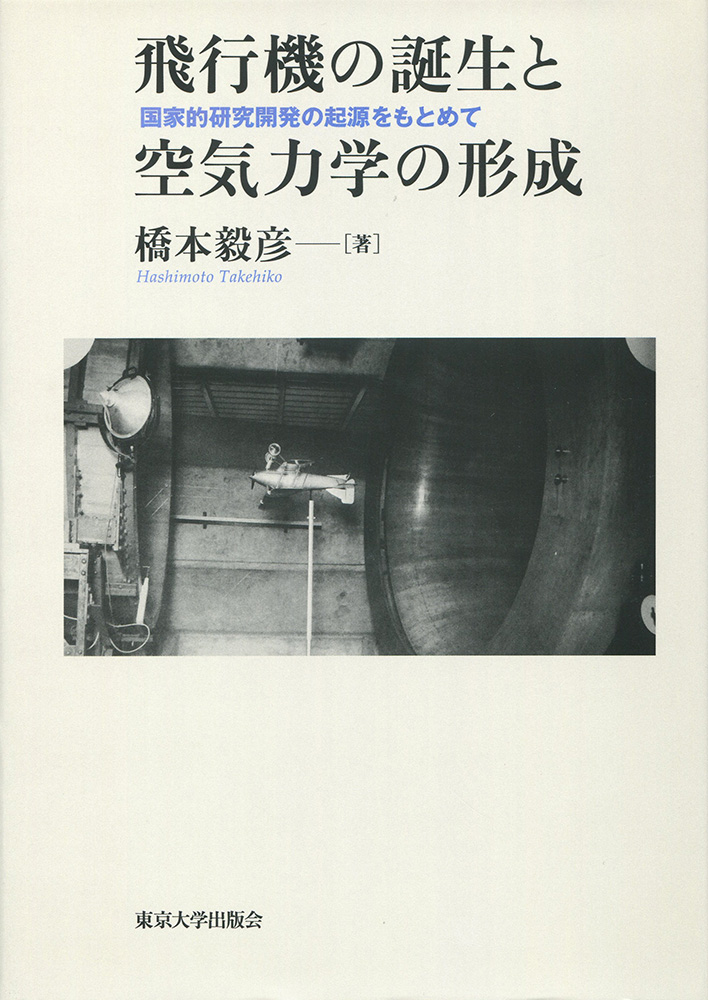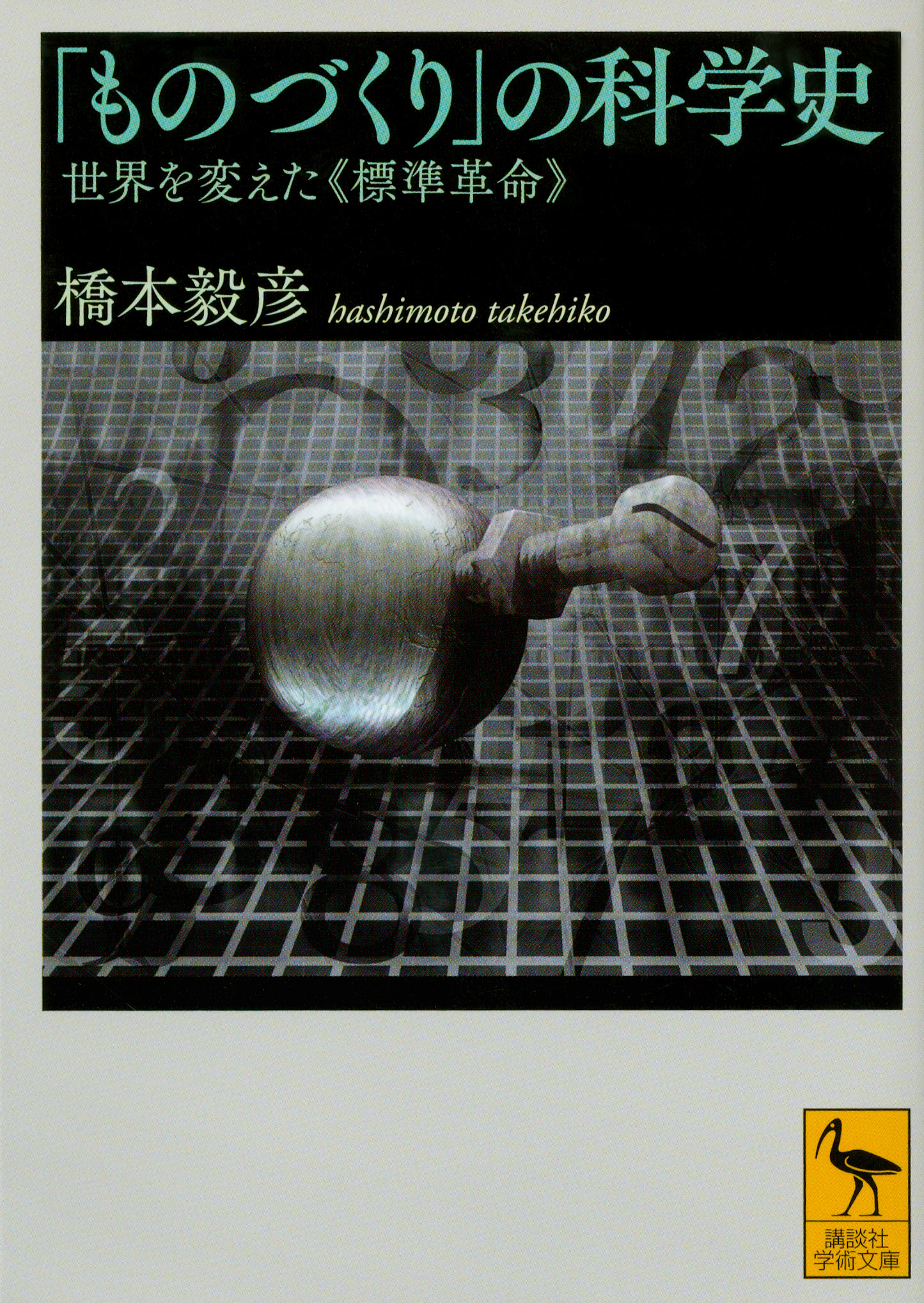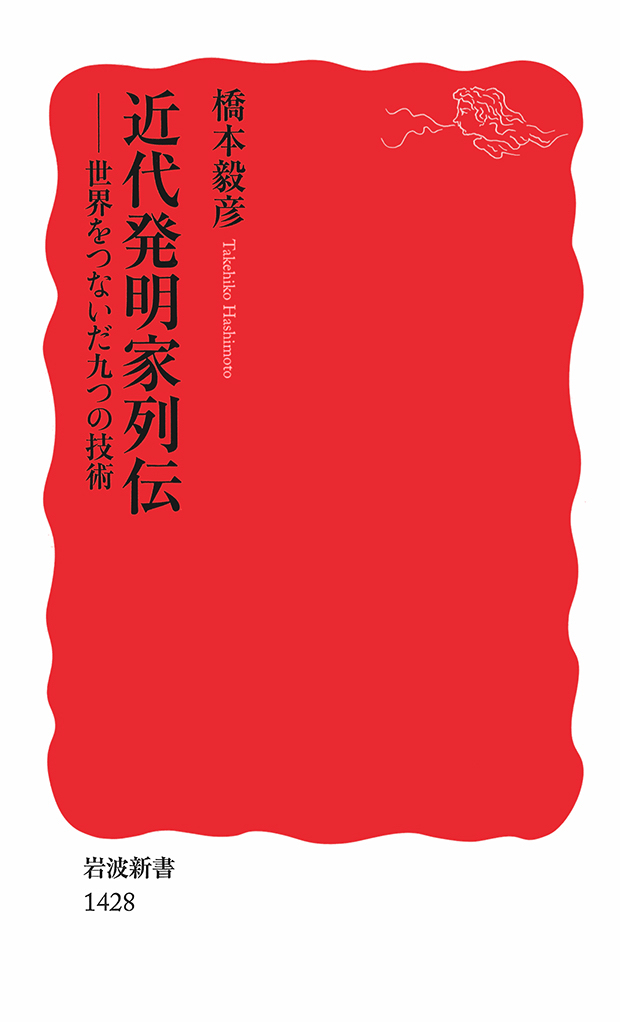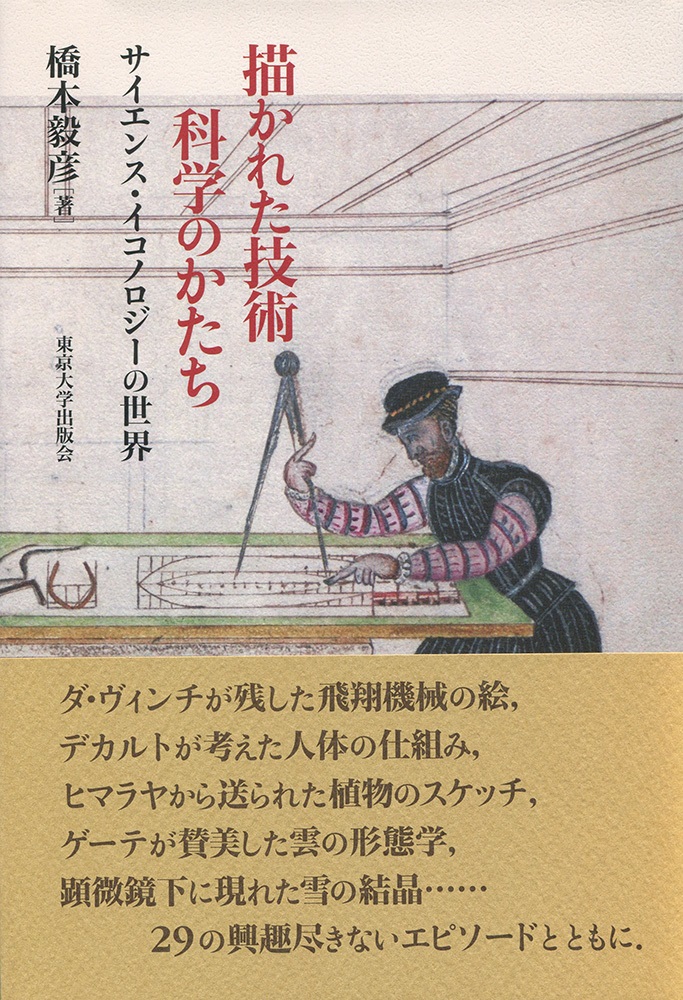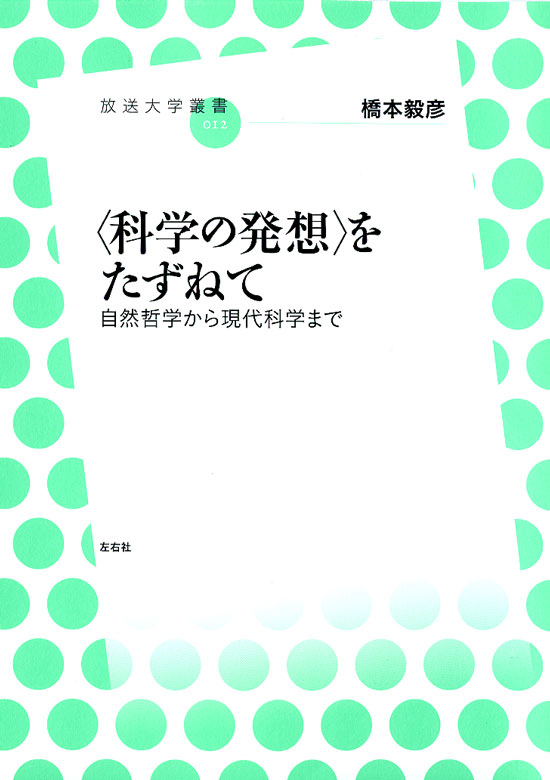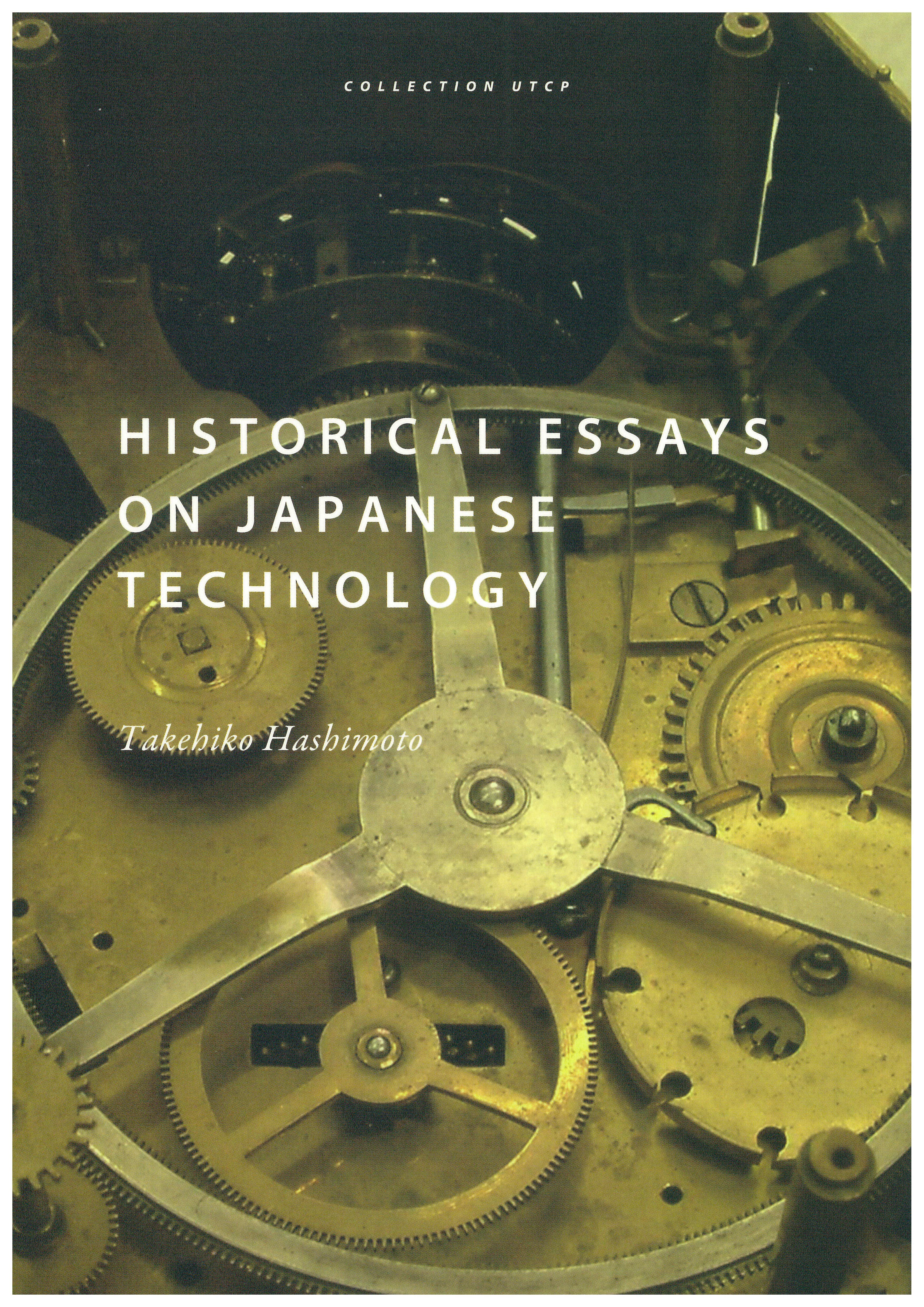
Title
(Collection UTCP 6) Historical Essays on Japanese Technology
Size
213 pages
Language
English
Released
2009
Published by
The University of Tokyo Center for Philosophy
Book Info
See Book Availability at Library
Japanese Page
This is a collection of essays I wrote on various historical aspects of Japanese technologies from the Edo period to the present times. It consists of four parts and eleven chapters in all. The first two papers deal with the Japanese traditional clock and the origin of punctuality in Meiji Japan. The next two papers explain about the roles and visions of foreign engineers in the late Edo and early Meiji periods. The three papers in the third part narrate various aspects of technological and industrial development in Meiji, Taisho, and Showa eras. And the four papers in the last fourth part discuss the relationship between the universities and the industry in Japan as well as in the United States. These papers were written in different occasions, some being written as one of the chapters of a book on specific topic, others as an independent paper in a history of technology journal, and still others as translations of Japanese articles already published in a book or encyclopedia. The first essay “Japanese clocks and the Origin of Punctuality in Modern Japan” was a result of the previous collaborative researches on the origin of punctuality (which resulted in the collection of papers Chikoku no Tanjo (The Birth of Tardiness) and on the traditional Japanese clocks and the so-called Myriad Year Clock designed and constructed by Hisashige Tanaka also known as Karakuri Giemon.
(Written by Takehiko Hashimoto, Professor, Graduate School of Arts and Sciences / 2017)
Table of Contents
Part I Mechanical Clocks and the Origin of Punctuality
Chapter 1 Japanese Clocks and the Origin of Punctuality in Modern Japan
Chapter 2 Hisashige Tanaka and His Myriad Year Clock
Part II Roles and Visions of Foreign Engineers
Chapter 3 Introducing a French Technological System: The Origin and Early History of the Yokosuka Dockyard
Chapter 4 Views from England: Technological Conditions of Meiji Japan in The Engineer
Part III Forming Technological Foundations in Modern Japan
Chapter 5 From Traditional to Modern Metrology: The Introduction and Acceptance of the Metric System
Chapter 6 The Historical Evolution of Power Technologies
Chapter 7 The Trans-Pacific Flight Project and the Re-examination of Aeronautical Standards
Part IV University, Industry, and the Government in Postwar Japan
Chapter 8 Science after 1940: Recent Historical Research on Postwar American Science and Technology
Chapter 9 A Hesitant Relationship Reconsidered: University-Industry Cooperation in Postwar Japan
Chapter 10 Technological Research Associations and University-Industry Cooperation
Chapter 11 The Roles of Corporations, Universities, and the Government before and after 1990
Note about the author



 Find a book
Find a book


 eBook
eBook